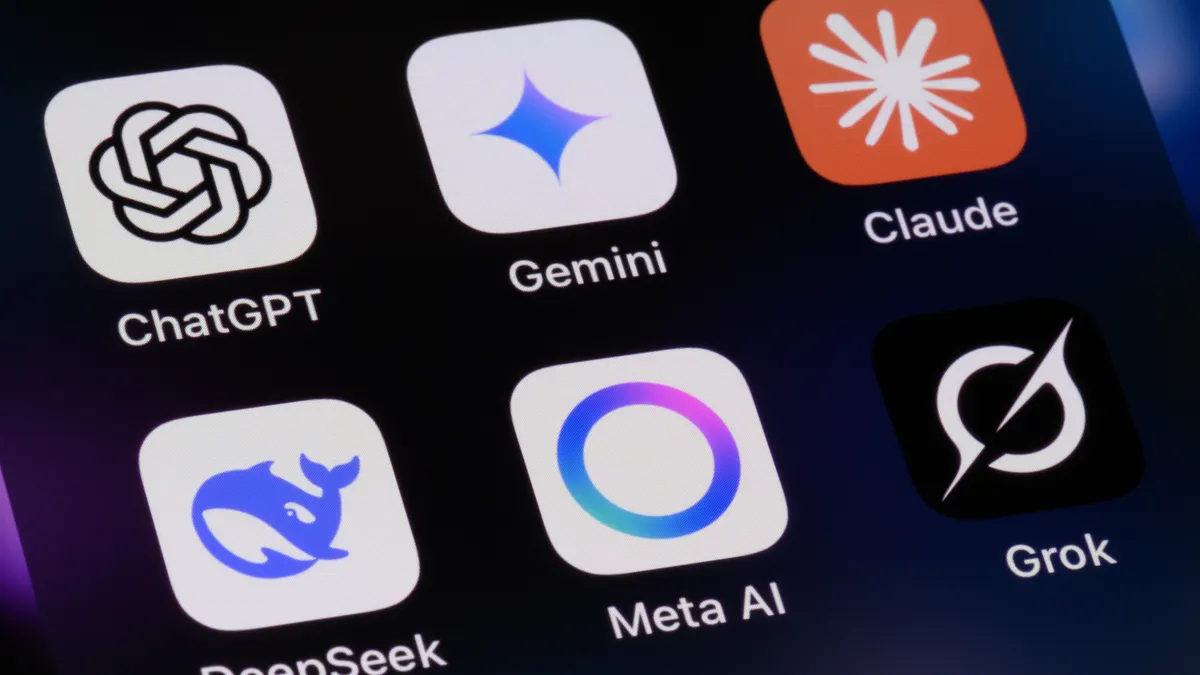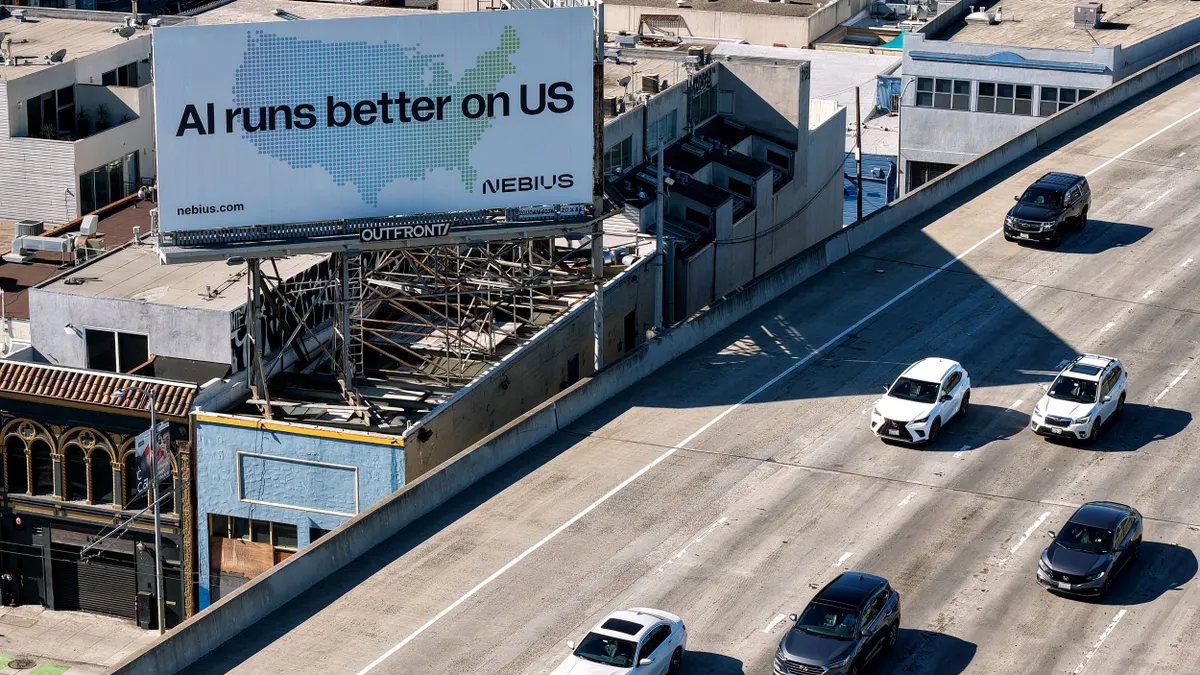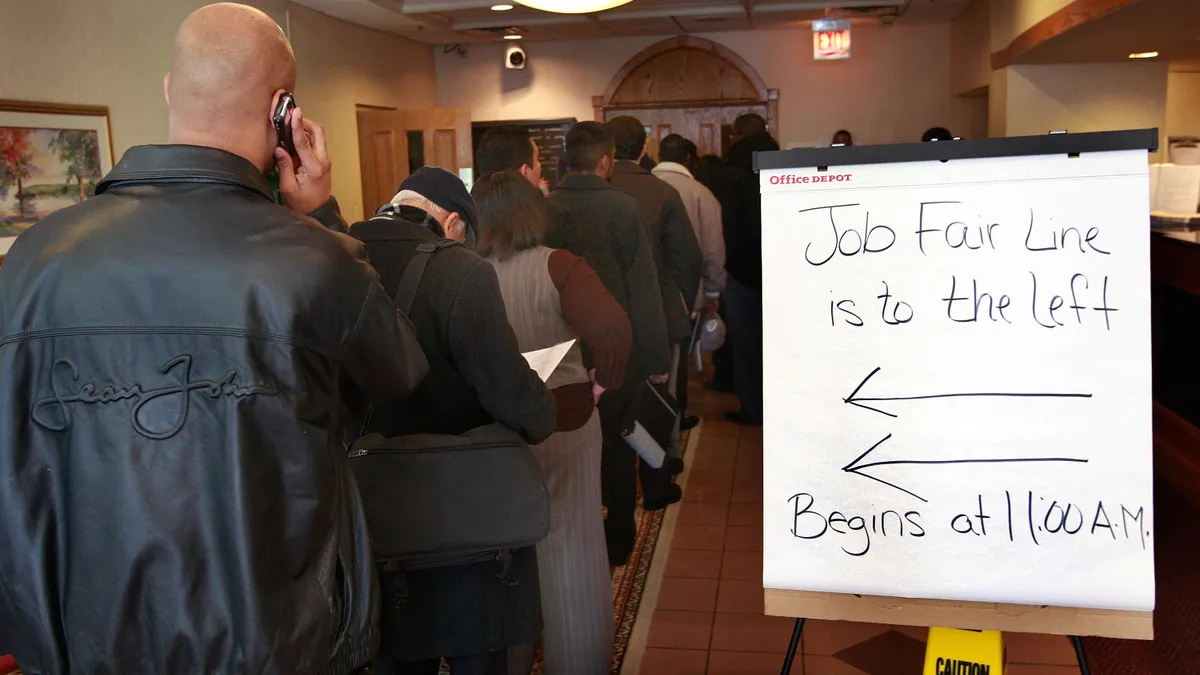As Generation Z employees take up a larger share of jobs and older workers retire at later ages, onboarding is a challenge for technology chiefs. Generational differences can result in varying levels of comfort with technology, with AI often acting as an accelerator.
Leaders are looking to help all workers adapt to new tools, resorting to the use of buddies and coaches and maintaining a diverse set of training modules — both virtual, in person or a combination of the two.
The goal is to help workers benefit from the strengths of their counterparts, regardless of age.
Cybersecurity assessment firm Schellman learned some lessons on technology adoption while upgrading its case management system from older software developed more than seven years ago. The company swapped out a legacy “walled garden” list-based system with a more flexible platform-based architecture. The upgrade meant bridging workforce generation gaps.
Younger workers who can seamlessly switch between different technology platforms in their personal lives may be more comfortable with an ecosystem-based approach where multiple software tools connect with one another. They may grow frustrated using an older system they deem too restrictive.
By contrast, older workers accustomed to having all the information in one place may struggle to use a platform that requires them to navigate across several tools laid out in a nonlinear way, said Schellman CIO Christopher Kouzios.
“Younger workers might say ‘Can you add more features?’” said Kouzios. “Folks who are used to the older platform might say ‘Why is there stuff all over the place? I had a routine, and my routine has now changed.’”
Resistance to change
Xavier Rebeuf, chief product and technology officer at Paris-based banking software firm SBS, said the company wants all its developers to use technology to carry out API tests. Adoption has lagged for some workers over the age of 40 who are accustomed to delegating manual testing tasks, he said.
SBS uses two types of technology to conduct tests, including open source tool k6, and a generative AI testing tool, Rebeuf said.
Some older workers “only want only to specify the test and to delegate it to someone else to execute, which is not the pattern we want to use right now,” said Rebeuf. “There’s a learning curve for sure to understand how to code that” using k6, according to Rebeuf. Older workers have also voiced trust concerns related to the generative AI testing tool.
Other firms also report that older workers may be more wary of AI and consequently are less likely to adopt it compared to their younger counterparts. For example, software company Pegasystems recently rolled out a contract summarization AI tool. Experienced employees accustomed to researching contracts without assistance gave the tool a lukewarm reception.
“They’re just used to doing things a certain way. Maybe it’s doing all the research on their own, summarizing it, and then making decisions,” said Pegasystems CIO David Vidoni. “They’re warming up to it, but I think it comes with just not trusting [it].”
Training older workers on new technologies is especially important because fluid learning abilities — which allow people to pick up new skills without prior context — can decline with age, said Stefan Tams, a professor at the department of information technologies at HEC Montréal.
The advantage older workers have over their younger colleagues, however, is more crystallized intelligence, or skills and knowledge acquired through experience, Tams said. Both should be valued as companies approach learning and technology adoption strategies for employees, he said.
Reverse mentoring
Companies have devised a few learning approaches to encourage tech adoption across age categories. One way is through a “buddy” system, where older workers are paired with younger ones.
This approach lets older workers benefit from younger colleagues’ fluency with technical tools, while younger workers can gain from older colleagues’ experience as they seek to gain more value from workplace tools, said Kouzios.
Schellman offers technology training modules that combine in-person and virtual instruction, given that older workers tend to prefer traditional classroom instruction while their younger counterparts may be more willing to use virtual self-service tools.
In addition, the company pairs onboarded employees with workers familiar with important technologies, said Kouzios.
“The gap bridge is Gen X,” he said, noting that many buddy volunteers are either Gen X or are older millennials — workers who may be equally comfortable working with new and legacy systems.
Similarly, SBS has introduced a system where younger worker technology “champions” assist older colleagues, particularly on increasing adoption of AI-based testing. Rebeuf said the buddy system is helping older workers trust the technology and driving up adoption.
“[The] automatic test case using AI is increasing,” he said. “Little by little, people start to trust the tool. We all know that perhaps people feel in danger regarding generative AI, so it gives the confidence that, at the end, what we are looking for is to accelerate our development.”
Employers should increasingly lean on “reverse mentoring” — instances where younger workers help their older colleagues — to help workforces adjust to technological change, argues Christina Janzer, Slack’s SVP of research and analytics, who also oversees an internal research unit called Workforce Lab.
In September, the Workforce Lab published a study of 5,000 full-time desk workers and uncovered distinct AI personas employers need to understand as they implement AI in the workplace. Among the personas, 4 out of 5 maximalists — those who frequently use AI and encourage others to use it — were under age 44.
Meanwhile, the polar opposite of that persona, called the rebel — most of whom don’t use AI at work and feel it’s a threat to society — skewed older, with more than half aged 45 or older.
“There’s an opportunity and an expectation that Gen Z is going to help the rest of the workforce,” said Janzer. “Let’s give Gen Z the opportunity to reverse mentor and help the older generation.”






















